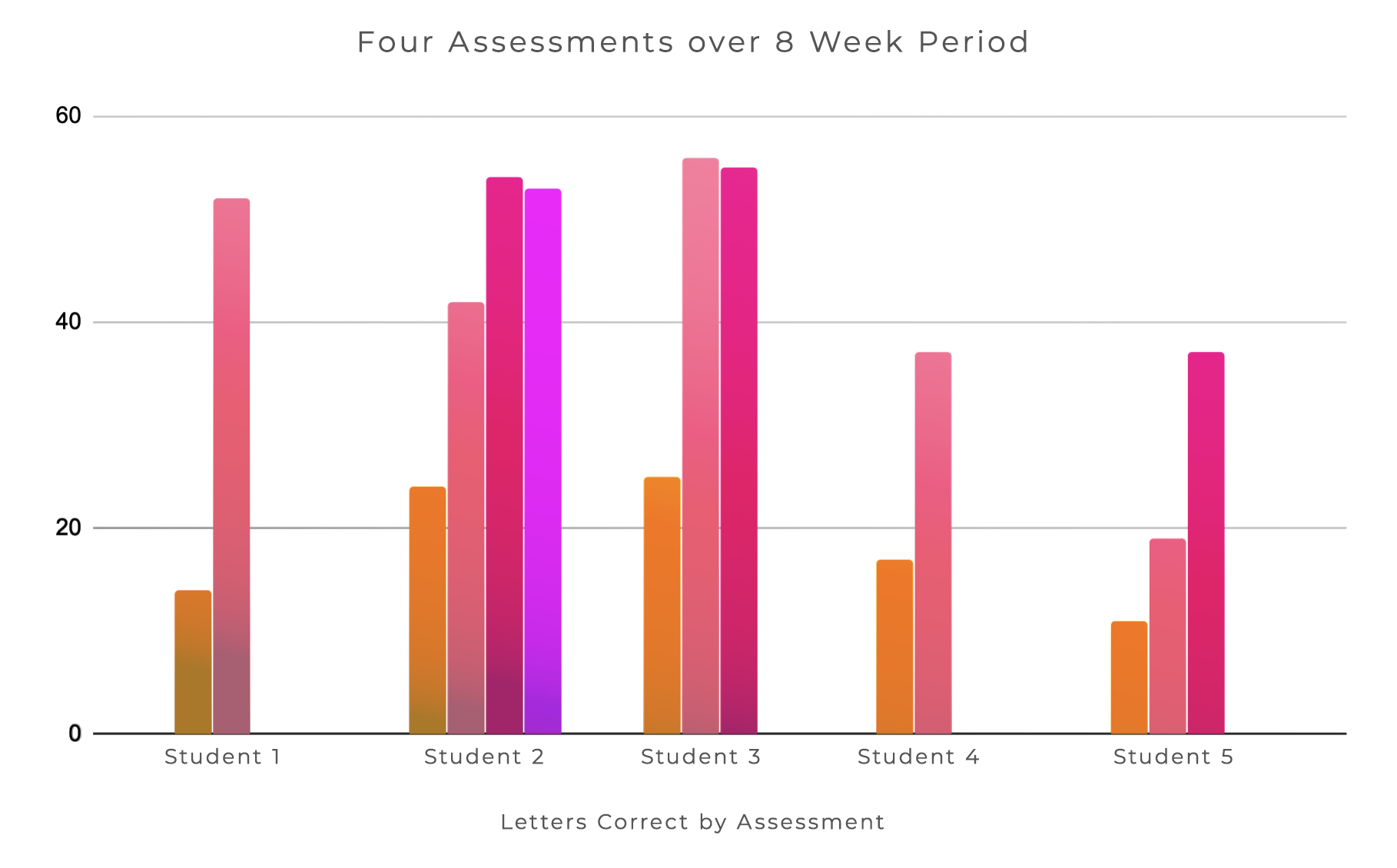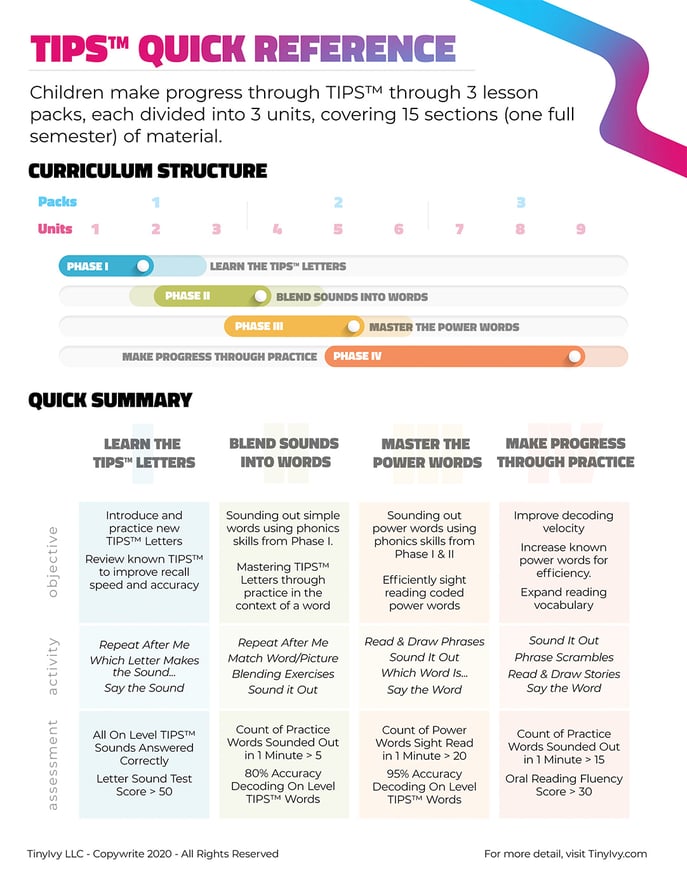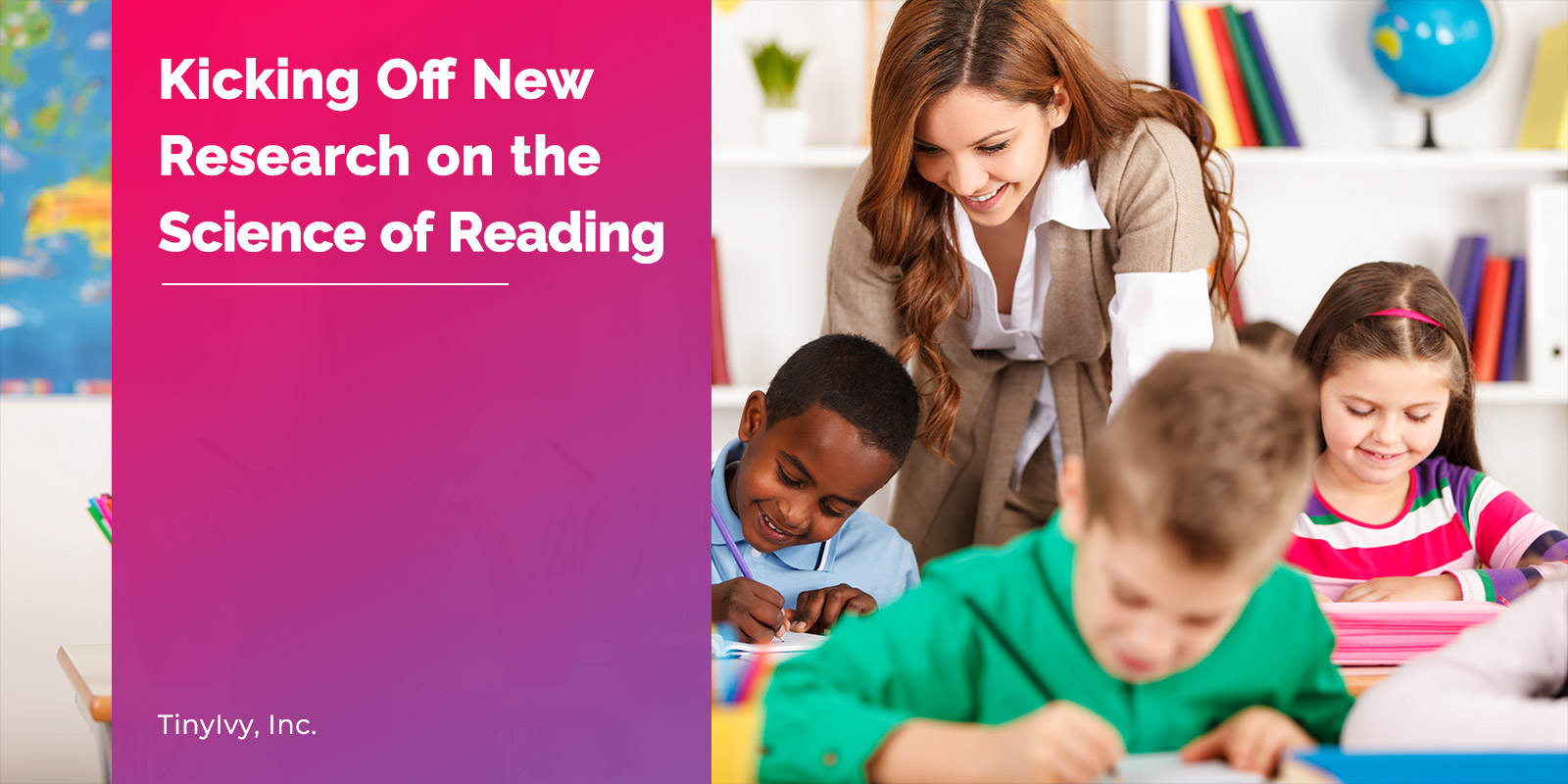Great news from the Reading World headquarters: we are excited to announce the kick-off of our first major research project!
The research study will be supported by the excellent team at Johns Hopkins Center for Research and Reading Evaluation, to explore the impact of teaching children to read with TIPS™.
The Current Landscape for Learning to Read
Over the past fifty years, thousands upon thousands of studies have been done to support every method of reading instruction ever devised. A lot of this research has focused on the two core methods of literacy instruction:
- Whole Language Approaches: which favor context and queues over decoding letters and sounds.
- Phonics Approaches: which focus on the decoding aspect of reading.
Although the general consensus has been that the phonics-based approaches are superior, a number of recent studies show that this conclusion may not be so clear cut.
Even more importantly, as we state in our company mission, neither approach has driven changes in literacy scores across the US. Only 35% of kids can read at grade-level proficiency in 4th grade.
In summary, nothing has really worked.
The Need for New Solutions to Close the Covid Gap
With the pandemic in full swing, teachers and principals across the country are deeply, and rightly, concerned about the future of their students.
The burden of shutdowns and digital learning falls mostly on low-income and minority students.
Black students may fall behind by 10.3 months, Hispanic students by 9.2 months, and low-income students by more than a year. We estimate that this would exacerbate existing achievement gaps by 15 to 20 percent.
McKinsey Report
COVID-19 and student learning in the United States: the hurt could last a lifetime
Clearly, there is an urgent need for solutions, and we are excited to have the chance to test ours in schools this fall.
Initial Pilot Results
Rewinding the clock back before the shutdowns, the TinyIvy team was able to conduct a small scale pilot on a group of students in Harlem.
The pilot was conducted 4 or 5 days a week for 8 weeks as a component of after-school programming. Each session consisted of roughly 10-15 minutes of group practice followed by 3-5 minute one-on-one pull outs with each student.

Analysis of the norms data for this assessment indicates a typical raw score improvement for a student between Jan-Feb and Mar-May of 8.34 (STD 1.8). Students in the pilot cohort gained an average of 24.35 (STD 5.3) in five weeks. As a rudimentary way to compare these figures, we can look at point gain per week of the norms data of .641 and compare this to point gain with the TIPS cohort of 5.87, showing an almost 10x improvement over the control. Clearly, with such a small sample size, this data is extremely limited and needs to be validated, which is why we are excited to launch our next pilot study to further test and validate these results.
New Research on the Science of Reading
A Pilot for Reading with TIPS™
We're please to announce the launch of our pilot. This work will stretch across 7 different schools, capturing data across 45 students in a mix of in-person and remote settings.
The research will center on the use of TIPS™, our set of diacritics, that indicates unequivocally the pronunciation of every letter in every word a child encounters.
With TIPS:

This dramatically reduces the challenges inherent to the English language, eliminating the complexity of letter-sound correspondence and allowing for simple decoding of the entire language.
The Research Pilot Curriculum
The pilot will be leveraging the TIPS Curriculum, which has been designed to last up to 45 weeks.
For the first study, we will be working with Phase 1 of our program.

Key Objectives and Questions Analyzed by the Research
The key objective of this study is to analyze the following:
- What is the role of TIPS (via a reduction in orthographic complexity of English) on key metrics of early literacy?
- What are teachers’ perceptions of instruction using the larger set of tips characters compared to business as usual?
- Are there aspects of traditional instruction that play a lesser or greater role in the teaching of English with an extended alphabet?
- Is there a reduction in perceived difficulty in reading for children given the improved regularity of the proposed system?
- Does the teaching of “tips” letters to support decoding remove the need of certain teaching methods such as memorization of sight words or the instruction and practice of word families?
Additional Pilot Cohorts
While this first study is ongoing, we will also be looking for additional schools and teachers interested in studying the system.
We are anticipating the launch of a second cohort of pilot students for the last 8 weeks of the Fall Semester.
If you would like to apply to be a part of one of our study groups, we would love to have you on board!

